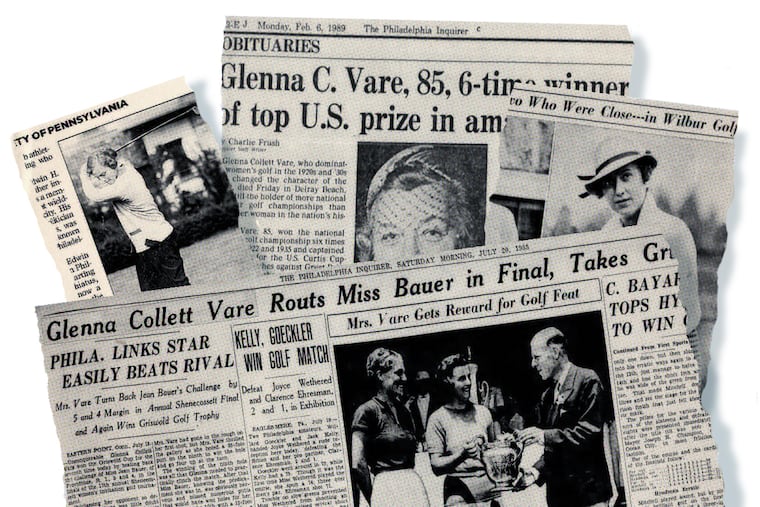Glenna Collett Vare is a ‘luminous’ figure in women’s golf history. She’s buried in an unmarked grave in Bala Cynwyd.
Glenna Collett Vare is a six-time U.S. Amateur Golf champion, and married into a powerful Philadelphia political family.

Glenna Collett Vare is a six-time U.S. Amateur Golf champion, and married into a powerful Philadelphia political family.
